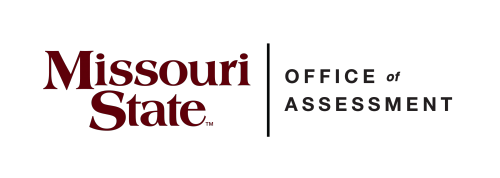The Bears Care survey was first administered in Spring 2020 to prevent losing students to pandemic-related obstacles. Assessment has continued to send the survey to students each semester to continue supporting student needs and help retain students. 15,000-16,000 students have received the survey each semester with response rates of 36% to 46%.
The Fall 2022 administration of the Bears Care Survey closed on Friday, October 7, with a response rate of 37.92% (n=5,631).
Student responses are distributed to the following stakeholders for follow-up action:
| Student Issue | Contact information shared with: |
| I need help finding academic assistance this semester |
|
| I need assistance with food. |
|
| I need Internet/hardware help. |
|
| I am unsure if returning next semester. (Including the reasons cited.) |
|
| I need assistance with mental or emotional health concerns. |
|
Key data points
- The number of students reporting tech issues has fallen each semester.
- Students reporting food insecurity show more variance, suggesting a baseline of continual need for assistance among the student population that is unlikely to go away.
- Academic assistance had its highest numbers in the first semester of the pandemic but has been relatively stable since, with more students expressing a need in the fall semesters.
- The number of students who say they are unsure if they are returning the next semester has not followed a clear pattern.
To get a more detailed picture of why students thought they might not return the following semester, we started asking them to select from a list of reasons in the 2021 Spring survey. Each semester, about 200 students* who said they were unsure selected at least one reason from a list of options.
The number of students citing work as a reason has risen as the national unemployment rate has dropped from historic highs to historic lows.
Students citing dissatisfaction with instructional format has dropped substantially as courses have returned to a more ‘normal’ routine over the course of the pandemic.
Taking time off has been the most stable factor, and consistently the lowest.
Three factors have been fairly stable and consistently the highest:
- Family/personal
- Transferring
- Financial

